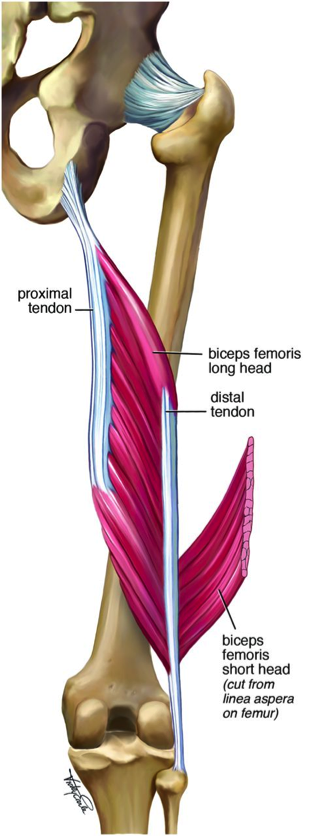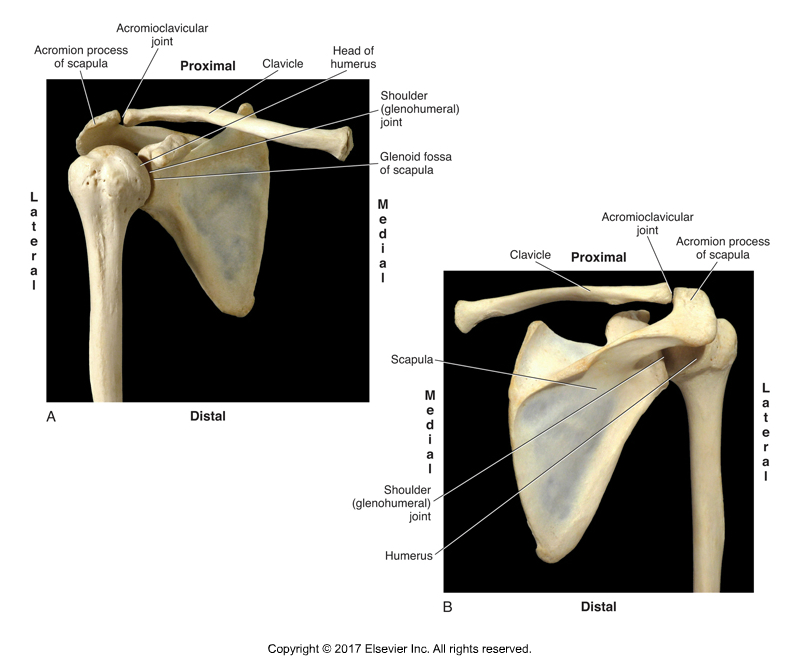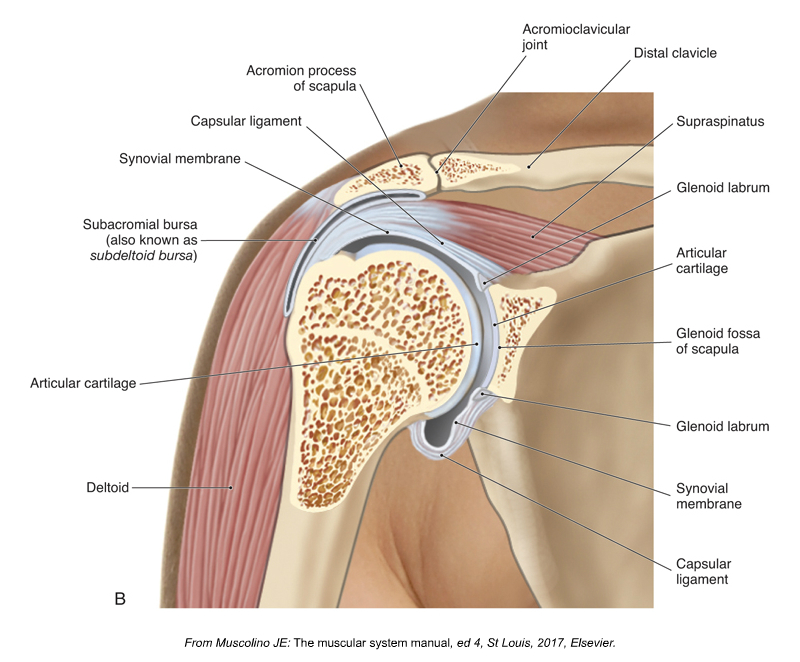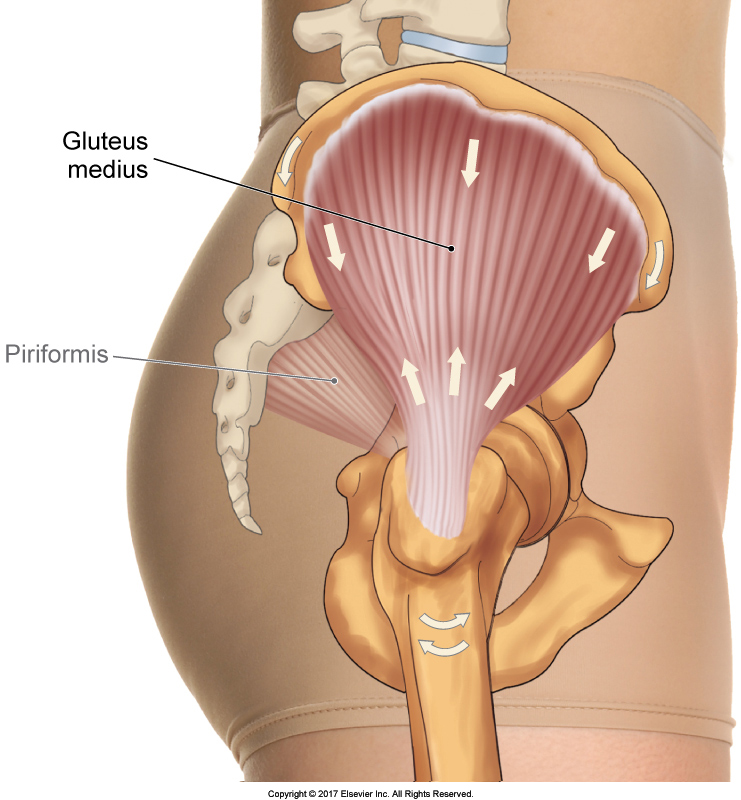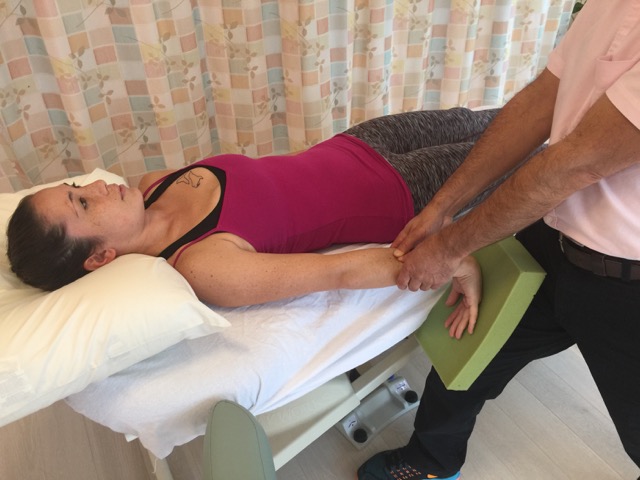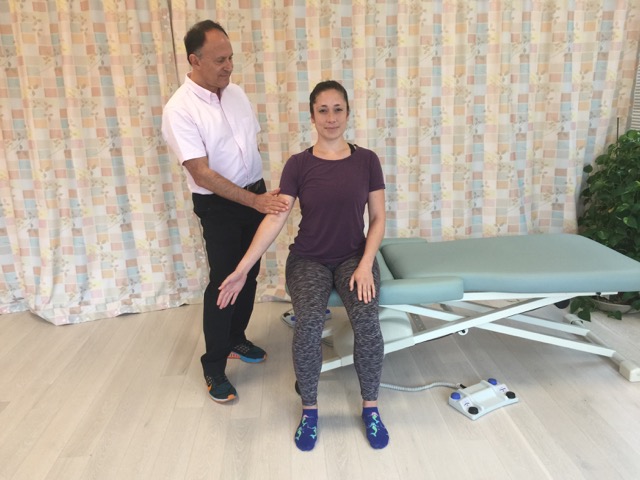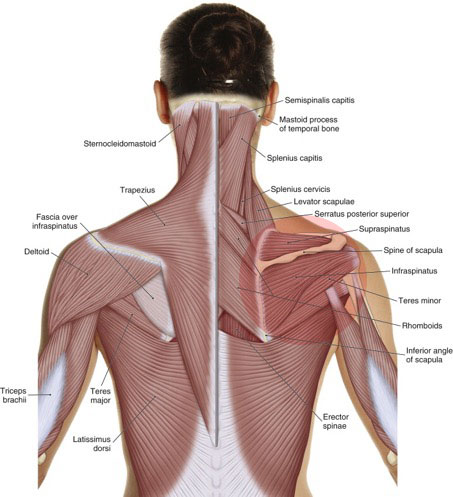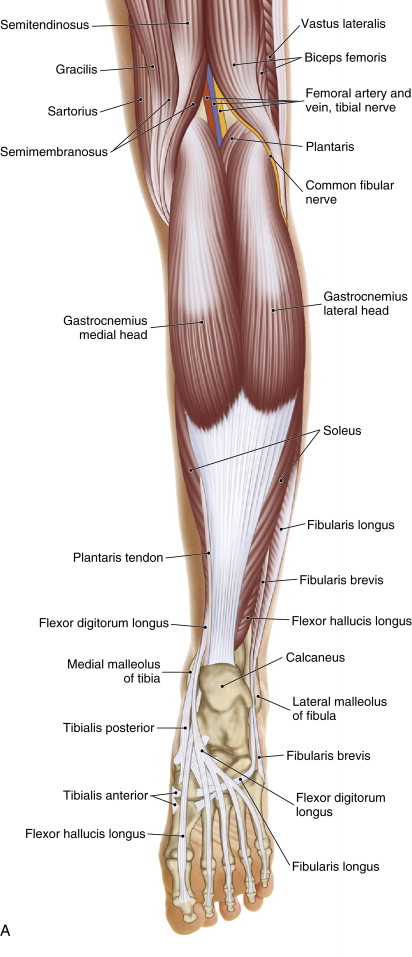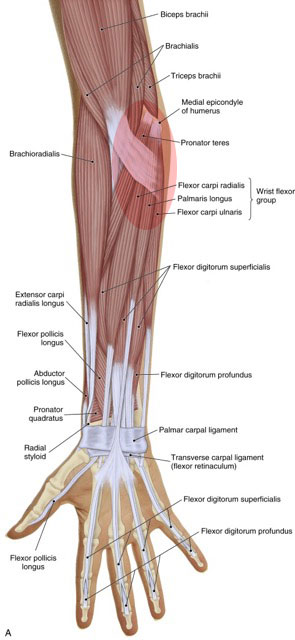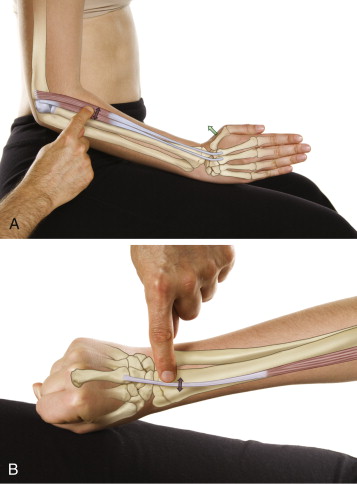A muscle strain may tear the myofibrillar attachments from the intramuscular tendon, with resultant bleeding and edema.
Six Causes of Shoulder Impingement Syndrome – Part 3
Another reason for shoulder impingement syndrome to occur is insufficient elevation of the clavicle. Most of scapular upward rotation is actually caused by elevation of the clavicle at the sternoclavicular joint, so if clavicular elevation is prevented for any reason, shoulder impingement syndrome can occur.
Six Causes of Shoulder Impingement Syndrome – Part 2
For scapular upward rotation to occur, scapular downward rotator musculature must lengthen. If scapular downward rotation muscles are tight, they might not be flexible enough to allow for scapular upward rotation, thereby causing shoulder impingement syndrome to occur.
Six Causes of Shoulder Impingement Syndrome – Part 1
Shoulder impingement syndrome is a condition in which the distal tendon of the supraspinatus and the subacromial bursa become impinged between the head of the humerus and the acromion process of the scapula. Following are the six major causes of shoulder impingement syndrome.
Ten Things to Avoid if You Have Lower Limb Tendon Pain
In summary, exercise-based rehabilitation is the best treatment for tendon pain. A progressive program that starts with a strength program and then progresses through to more spring-like exercises, and endurance aspects will give the right loads on the tendon and the best long-term results.
Clinical Tests for Gluteal Tendinopathy in Patients with Lateral Hip Pain
Patients with lateral hip pain on Single Leg Stance and who are not palpably tender over the greater trochanter are unlikely to have gluteal tendinopathy.
Manual therapy and self-care treatment of wrist sprain, strain & tendinitis
A wrist sprain is challenging to treat with manual therapy because it is essentially an overstretching of ligaments, which causes joint instability.
What are the signs and symptoms of and how do we assess (diagnose) rotator cuff pathology?
Signs and symptoms of rotator cuff pathology include pain, joint crepitus, weakness, and decreased range of motion when moving the shoulder (glenohumeral) joint.
What are the causes of rotator cuff pathology?
The two most common types of rotator cuff pathology are rotator cuff tendinitis and rotator cuff tear, most often of the supraspinatus and infraspinatus.
What are Achilles tendon disorders and what are their causes?
Achilles tendinitis most often occurs due to overuse of the gastrocnemius and soleus contracting to plantarflex the ankle joint.
What are the signs and symptoms of Golfer’s Elbow?
The most common symptoms of golfer’s elbow (medial epicondylitis / medial epicondylosis) are pain and tightness at the common flexor belly/tendon.
What are the causes of Golfer’s Elbow?
Golfer’s elbow is caused by an overuse of the muscles of flexion of the hand at the wrist joint and flexion of the fingers.
What are the signs and symptoms of Tennis Elbow?
Symptoms of tennis elbow include pain and tightness at the common extensor belly/tendon, directly distal to the lateral epicondyle of the humerus.
What are the causes of Tennis Elbow?
The cause of tennis elbow is overuse of the muscles that contribute to the common extensor belly/tendon of the posterior forearm.

